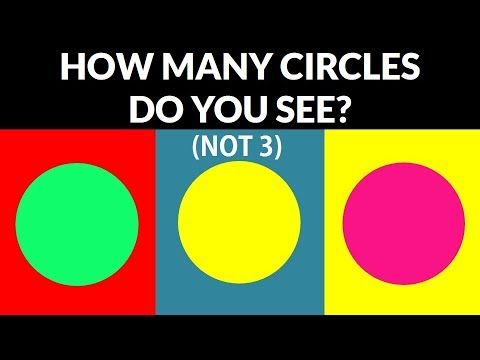I was recently exposed to a new way of thinking about how we see and manage risk. Well really…risk is harder to manage if you can’t or don’t SEE it! So do we really see what is there? The concept I was recently exposed to is called Visual Literacy. The Merriam-Webster Dictionary defines Visual Literacy as “the ability to recognize and understand ideas conveyed through visible actions or images…”
Allison Sekuler, associate professor of psychology at the University of Toronto and one of the senior authors of the study “Discovery Shows How Brain “Fills In Blanks” To Help Us See” says “What many people don’t realize is that the objects we see are not necessarily the same as the information that reaches our eyes, so the brain needs to fill in those gaps of missing information.”
I recently attended an introductory workshop conducted by the Center of Visual Expertise (COVE) https://covectr.com/ led by @DougPontsler at the Toledo Museum of Art. COVE’s website states that “Visual literacy is a proven approach to processing visual information more efficiently, a method to see better: to identify, interpret and interact with your environment based on accurate visual information. It’s what you see, what it means, and what you do.” As odd as it sounded to me, they have taken the techniques that museums teach people to see and appreciate art and applied them to how we see and manage risk in the workforce. I never had a great appreciation for art, and not only did I learn how to see art differently, I learned how to see RISKS differently.
So what did I get from this education? Well – it taught me that we need to train the people exposed to risk to SEE differently. There are techniques and methods to improve the probability that if the risk is in the part of the ‘picture’ that our brain is filling in instead of really SEEING, then we can use the tools to SEE the risk and then manage it better.
A personal story… Several years ago I had a double retinal detachment that left me 70% blind in my left eye. I had to learn to see differently because I was constantly thinking I was seeing things that either weren’t really there (my brain was filling in the gaps) or not seeing things that were actually there. Using the techniques I learned in the Visual Literacy workshop, I now process the information I SEE differently, I LOOK at things differently, and it enables me to see risks I may have missed before.
I think that Visual Literacy is a logical step in helping the workforce see and manage risk, on top of the methods we teach in Human and Organizational Performance.
If you have questions or comments, please contact us or leave a comment in the thread.
And remember – Intentional Leadership starts with YOU!

